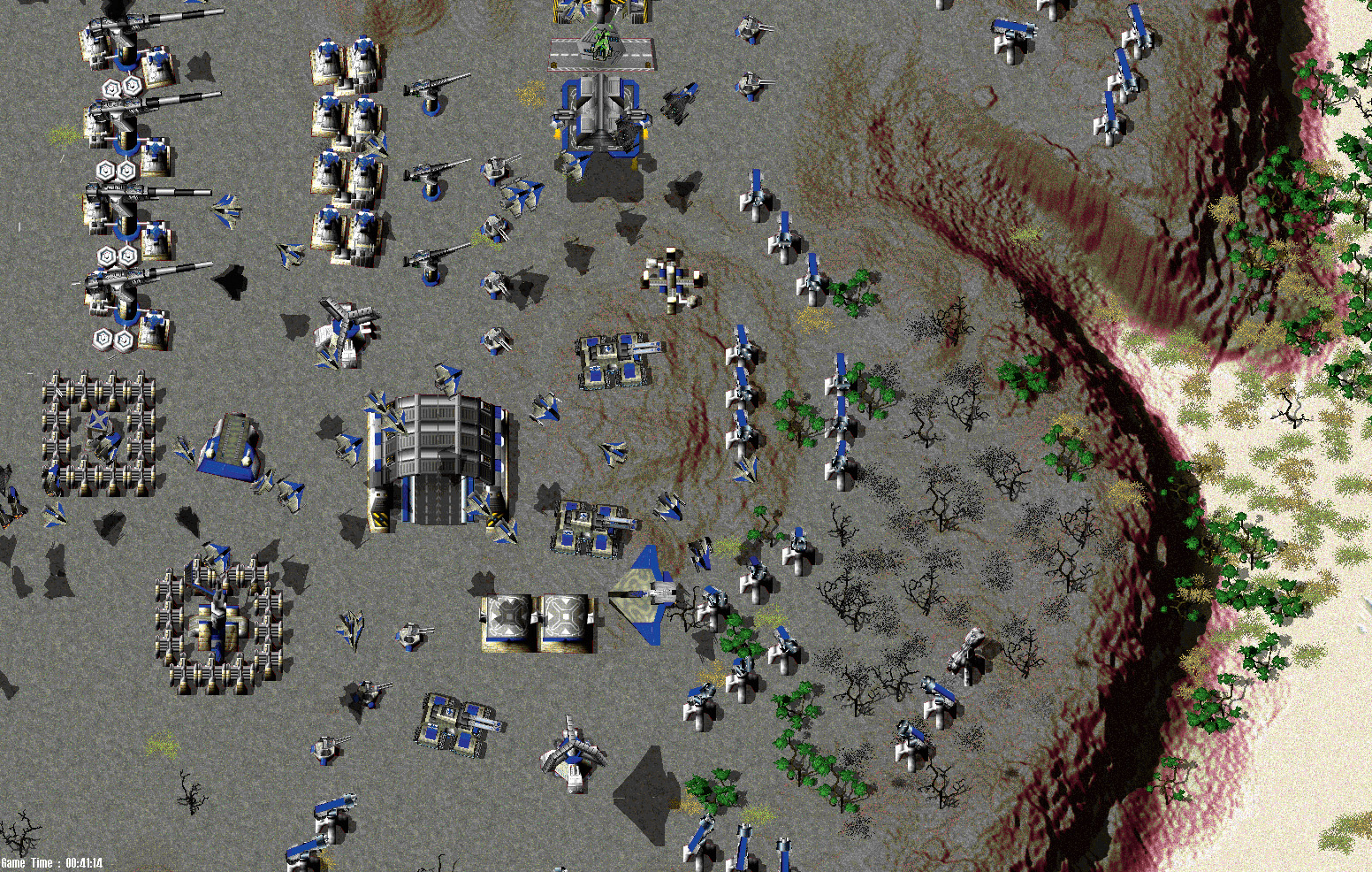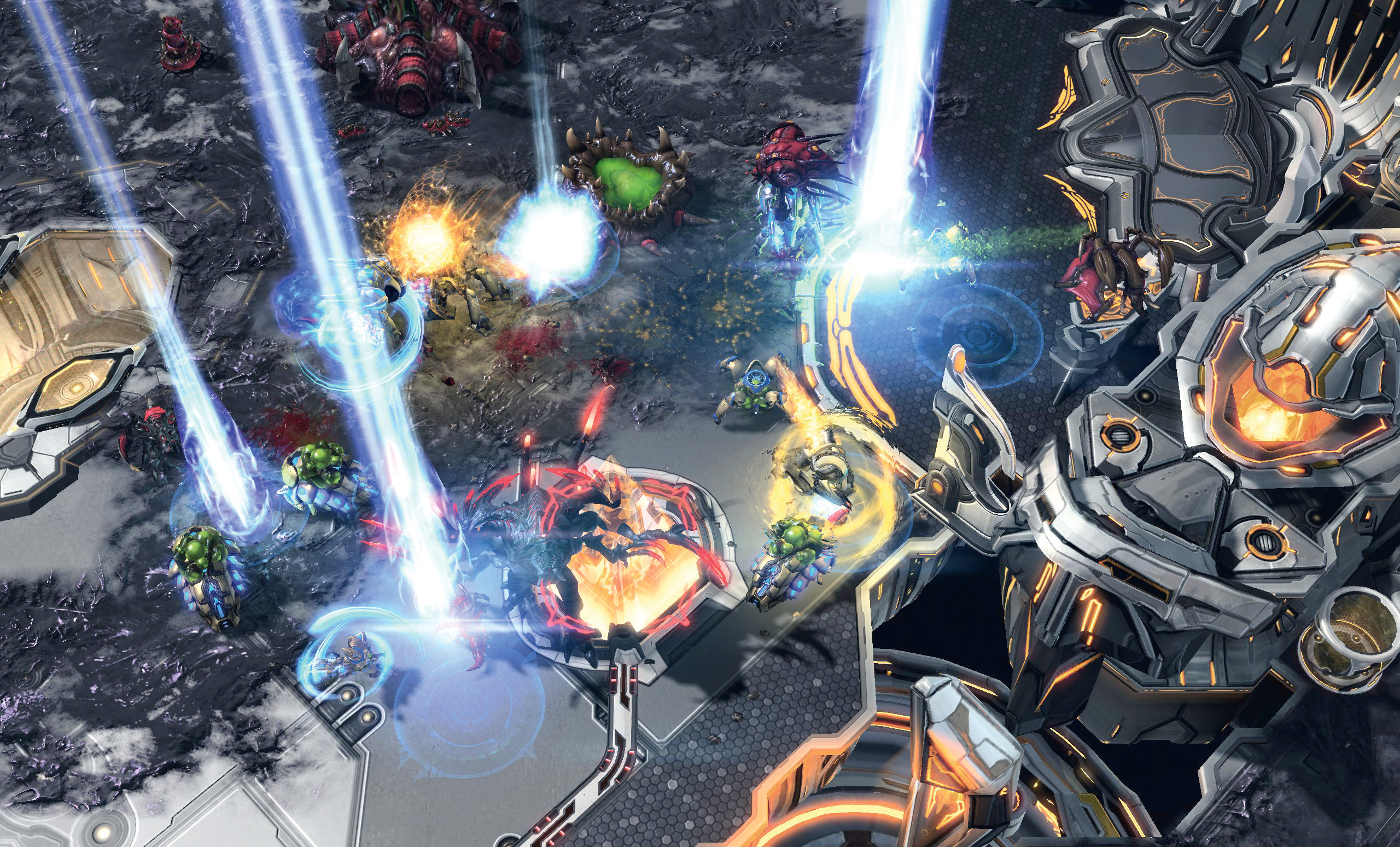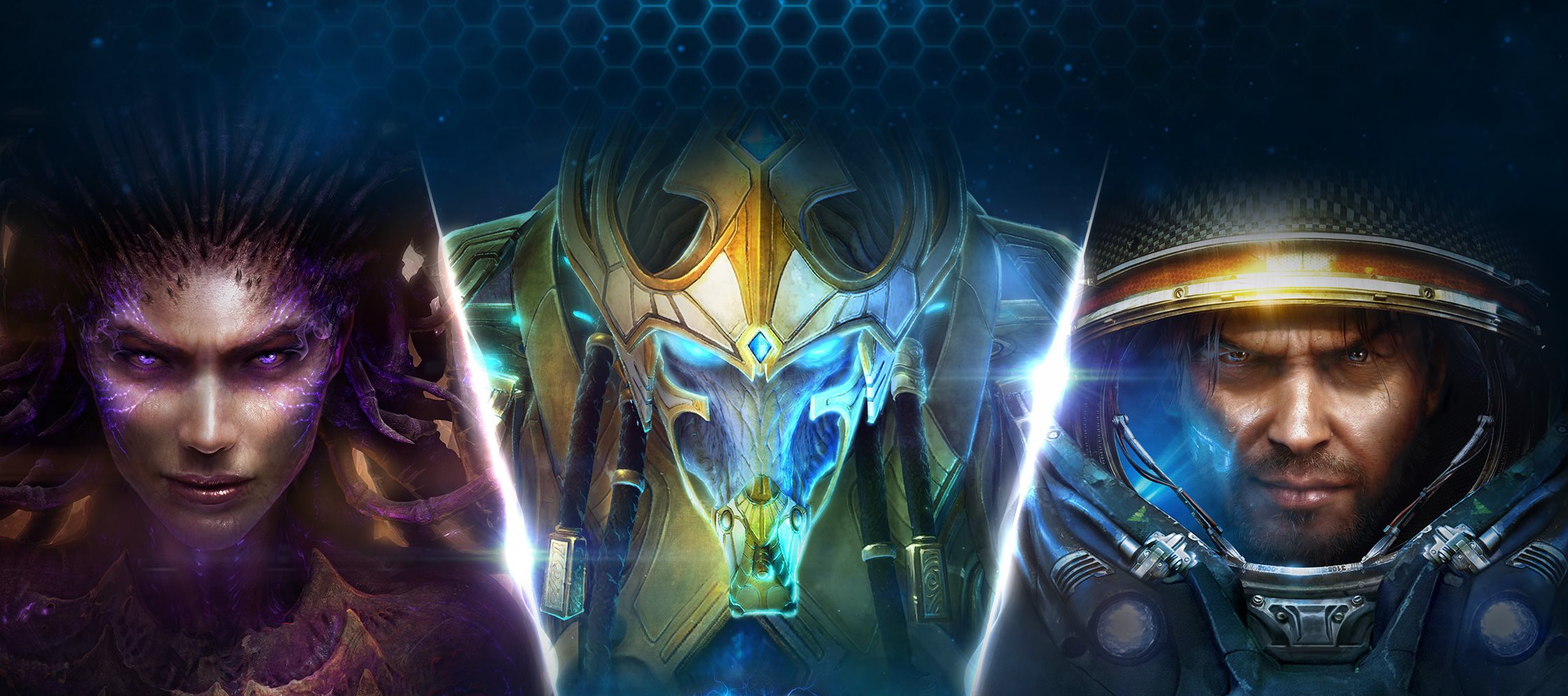The decline, evolution and future of the RTS

To speak of the ‘death’ of a genre is always a bit ridiculous, but real-time strategy as traditionally conceived has certainly seen better days. If the genre were a round of deathmatch we’d be well into the final third, with all resources tapped, the majority of key bases flattened and depleted armies scattered across the map. The StarCraft series remains an outpost of prosperity, bustling along in defiance of changing market conditions. Also, the excellent Company of Heroes and Dawn of War games from RTS veterans Relic continue to find a dedicated and passionate audience. This month’s new Homeworld feels special partly because it’s such a one-off. Elsewhere, it’s a bit of a wasteland: from the ruins of Command & Conquer: Generals 2, which was shuttered along with fledgling developer Victory Games in 2013, to the ashes of the Age of Empires series, shelved by Microsoft back in 2009.
“RTS games are in a bind,” says David Pottinger, CEO at BonusXP and former lead programmer at Age developer Ensemble Studios. “StarCraft undeniably rules the roost—beyond that, there’s just not that much else out there at that quality level. No one is green-lighting $40 to $60 million RTS projects any more. Hell, even getting more than a couple of million is tough for most places. It’s not quite fair to cite this, because Ensemble was getting closed and we threw everyone who was left at Halo Wars, but that game shipped with over a hundred people working on it. It was in development for over four years. By contrast, at Bonus we’ve had about 12 or 13 people working on Servo, our paid PC RTS, for just over a year.”
Uber Entertainment’s chief technology officer John Comes—who designed Command & Conquer titles at Westwood Interactive and EA, before joining Gas Powered Games to work on Supreme Commander—agrees that the golden era of big budget RTS development has passed. “Businesswise I feel like there is still a place for RTS,” he says. “But there’s a fraction of the fan base it used to have, and a big publisher betting on one is a risk that most won’t take.”

Battle for resources

Why has StarCraft II, the first installment of which launched in 2010, stood the test of time while much of the blockbuster RTS scene has crumbled? In part it’s a simple question of having an unrivaled pedigree and more cash to burn – Blizzard, after all, is the creator of World of Warcraft and a subsidiary of the industry’s largest publisher, Activision. But according to Stardock’s Brad Wardell, StarCraft II also owes its success to how Blizzard nurtured the enormous following it had built up around StarCraft: Brood War. “First, it’s an excellent game. There is no substitute for thousands and thousands of hours of balancing of three unique races. Second, Blizzard has spent a great deal of time and money supporting its community. Third, Blizzard invested early and heavily into a robust multiplayer and metagame experience.”
Wardell outlines three technological generations of real-time strategy – DOS games like Westwood’s Dune 2, Windows sprite-based titles like Age of Empires and finally 3D, 32-bit games – arguing that Blizzard’s awareness of the importance of community management has allowed it to dominate the third generation. He feels that the StarCraft studio is all but “insurmountable” at this stage; it’ll take another leap in the nature or quality of supporting hardware to create opportunities for competitors. “Third generation RTS games reached the limitations of 32-bit, single-core, DirectX 9 [computing] some time ago. Anybody wanting to get into that market had to compete on the same playing field as Blizzard, and only Supreme Commander really came close in my view.”
In light of this shift, Uber opted to Kickstart its seismic 2014 release Planetary Annihilation, a spiritual successor to 1997’s Total Annihilation that raised over two million dollars in crowd funding. This has been offered up as evidence of lingering grassroots enthusiasm for the RTS, or at least for games that harken back to the classics. But Uber’s next RTS project, the B-movie flavoured Human Resources, failed to attract much support and was cancelled before completion of its Kickstarter campaign. “I believe you can probably get away with one big RTS a year and have it be successful,” Comes says. “Right now, that mantle seems to be basically owned by the Total War series.”
But has the RTS really lost its way, or are these merely growing pains? The phenomenally popular Total War, of course, is a hybrid, marrying turn-based empire management to questions of formation and unit morale on the battlefield itself. This is indicative, says Comes, of how the genre has evolved to survive. “When I started there were really only three major players—Westwood with Command & Conquer, Blizzard with Warcraft and StarCraft, and Ensemble with Age of Empires.” Nowadays, however, “you’re seeing RPG mechanics mixed into RTS with the MOBA genre. You’re also starting to see RTS-style resource management in a lot of survival games. The tower defence genre was born from mods of RTS games.
You can probably get away with one big RTS a year.
“Looking back on Planetary Annihilation—the gameplay isn’t that different from Total Annihilation, which came out 20 years ago. Yes, we innovated on the play-field with spherical planets, and introduced a rogue-like metagame with Galactic War [in which players take turns to move forces across a randomised galactic map], but those don’t change the core of the experience. As an industry we’ve spent decades trying to improve on traditional RTS mechanics and have had some success, but there’s nothing ground-breaking. Which is why I think genre-mixing is going so well right now.”
Traditional RTS blockbusters may be scarce, in other words, but their DNA endures in a variety of forms—and the result, suggests David Pottinger, is a market that is much more diverse even if major releases shift fewer copies apiece. “I think there are two kinds of RTS games out there these days,” he says. “It’s not easy to compare them. There are the games that stay true to the old-school formula—they put in a ton of content, have a big showy product and are aiming to be the next StarCraft. I don’t see a ton of innovation in those games.
Keep up to date with the most important stories and the best deals, as picked by the PC Gamer team.
“Then, you’ve got the smaller titles. Stuff like Servo, where we’ve taken an RPG and mushed it together with an RTS. You get to build your own giant robots, and those robots serve a role similar to Warcraft III’s heroes. I’m still not sure how that will work out, but it’s fun to try something new. And then you’ve got things like Offworld Trading Company from Soren Johnson and the Mohawk crew, which doesn’t even have combat in it. That’s definitely different! They’re all smaller budget, so sure, they won’t have 189 minutes of jaw-dropping cinematics. But that’s OK if they’re fun and polished.”

The MOBA effect
After polishing off Supreme Commander, Comes served as lead designer on Stardock’s Demigod, the first commercial MOBA, in which hero units are effectively walking citadels accompanying a customisable AI taskforce. The MOBA is often described as the successor to the RTS—it’s based on a Warcraft III mod and has been embraced by a number of RTS teams, including Blizzard itself—but how exactly MOBAs have come to eclipse their spiritual forebears could do with more explanation.
Petroglyph’s creative director Joe Bostic has worked on real-time strategy games for over two decades—he helped design the pioneering Dune 2 after joining Westwood Interactive in 1991. The MOBA’s rise, Bostic argues, reflects an industry-wide shift towards snappier, less demanding strategy titles. “RTS games require more mental investment and long-term planning than MOBAs. This is due to RTS games being, at a basic level, an economic and production game where decisions can often take quite some time to have their result affect the outcome. In worst cases, an RTS battle can last over an hour and this requires quite a commitment from the player.
“Also, RTS games require a significant level of multi-tasking where production, combat, exploration must all be controlled well to achieve victory. Only a subset of the gaming population prefers that level of stress. The games industry is moving toward shorter play sessions and faster decision-to-result cycles. Controlling and focusing on a single avatar, as in a MOBA, is easier to grasp and learn effective tactics as well as allowing fast-paced team multiplayer.” This quicker tempo also makes the MOBA a better fi t for Twitch streaming and Let’s Play videos—a decisive advantage as games become ever more of a spectator sport.
The industry is moving toward shorter play sessions and faster decision-to-result cycles.
Stardock CEO and Galactic Civilizations designer Brad Wardell suggests that the MOBA is a “natural response” to hardware limitations that have cramped the evolution of the RTS proper. By narrowing the focus to small squads of upgradeable characters, backed by a throng of grunts, he says, MOBA developers are able to deliver a level of cinematic finesse that sprawling RTS experiences simply can’t rival.
“If you make a 32-bit, single core, DirectX 9 game today that you want to have exceptional visual fidelity with great performance, you have to lower the number of objects. For example, look at Demigod. It was built using Supreme Commander: Forged Alliance’s engine. To get the visual fidelity it has, the number of units and map sizes had to be scaled back. And this is the bargain we’ve all had to make: either lots of low-fidelity units that bog down late game, or a handful of very high-fidelity units. The case could be made that MOBAs were inevitable.”
On the next page: the effect of free-to-play and hardware leaps.

